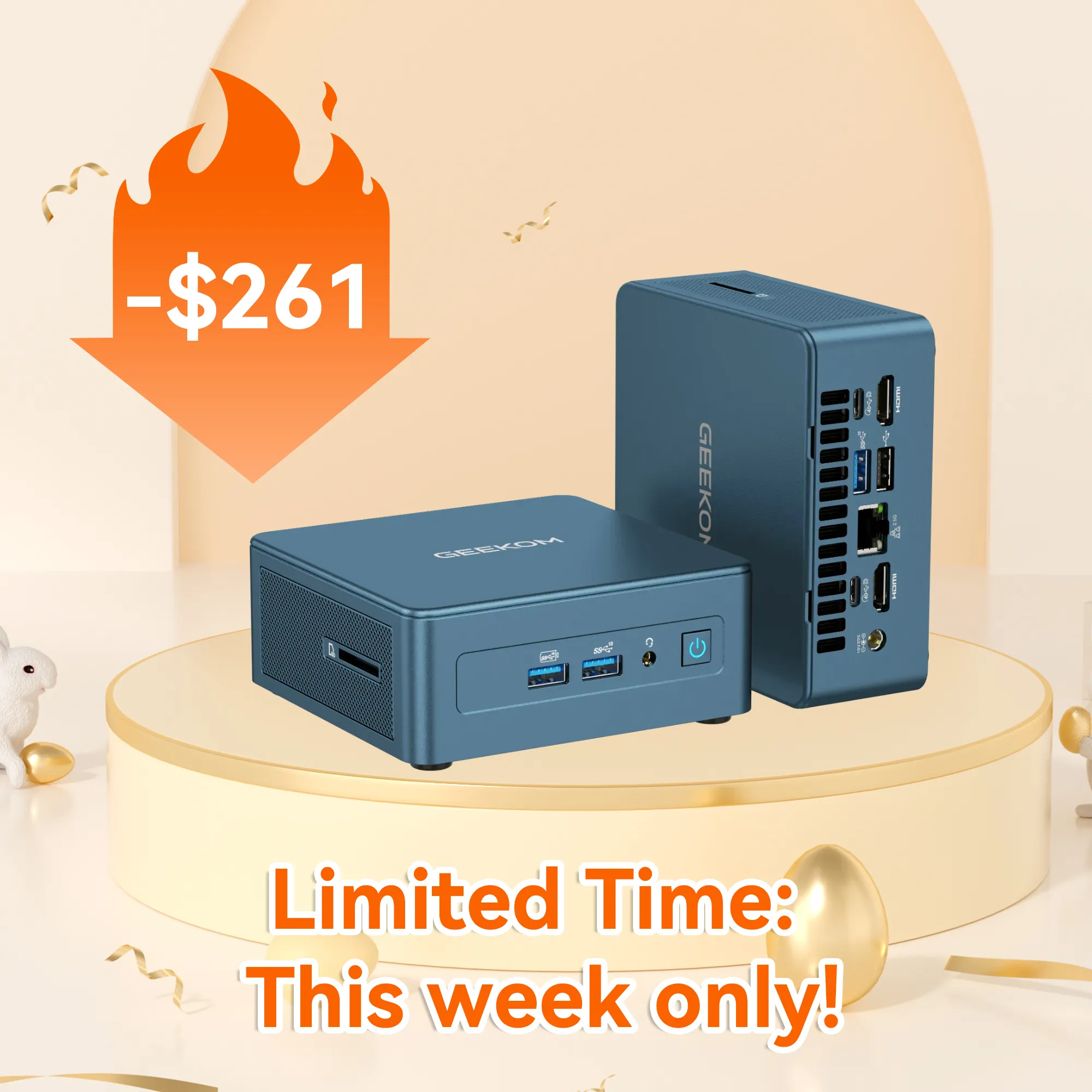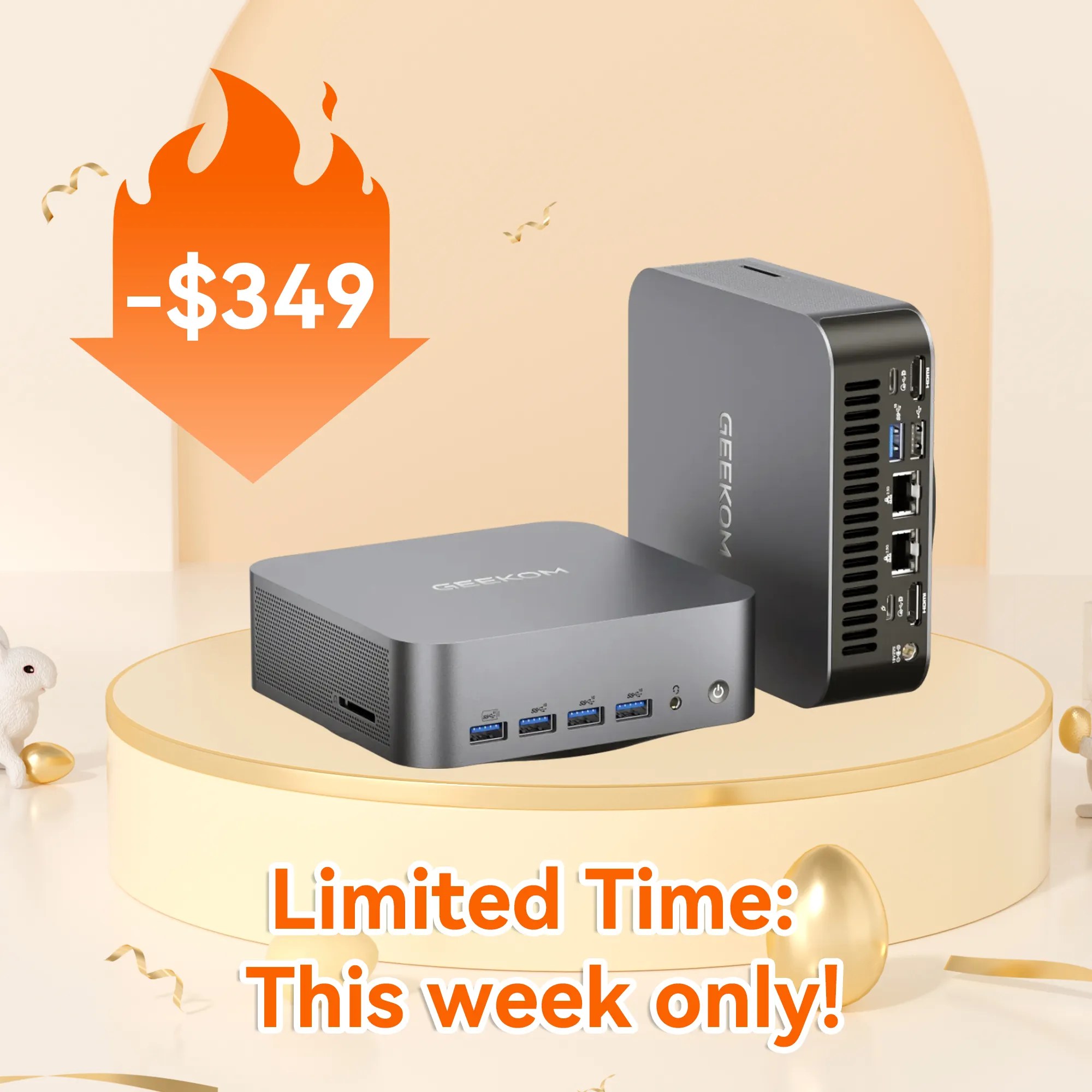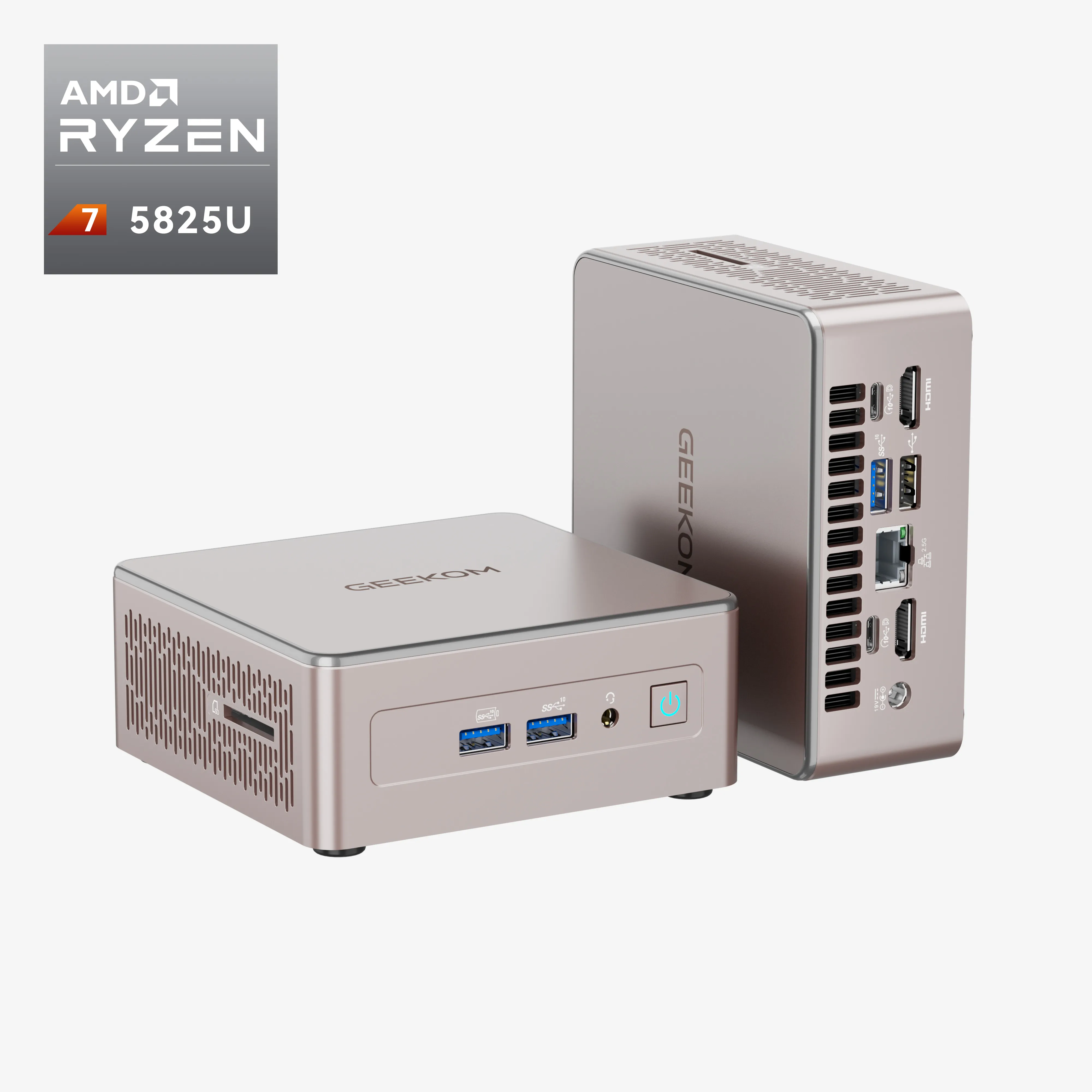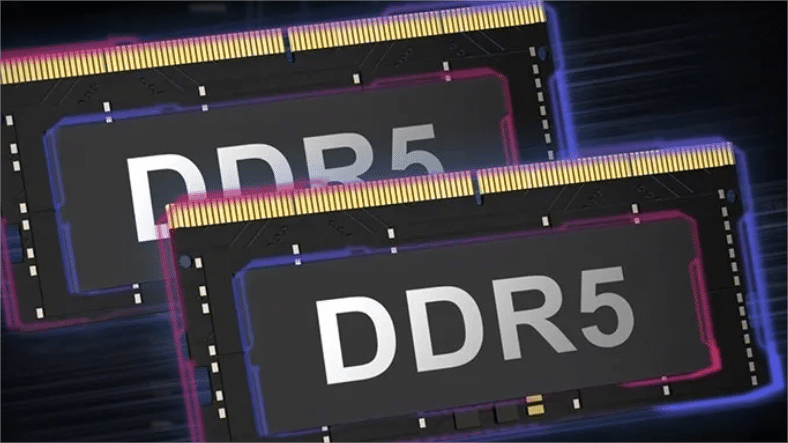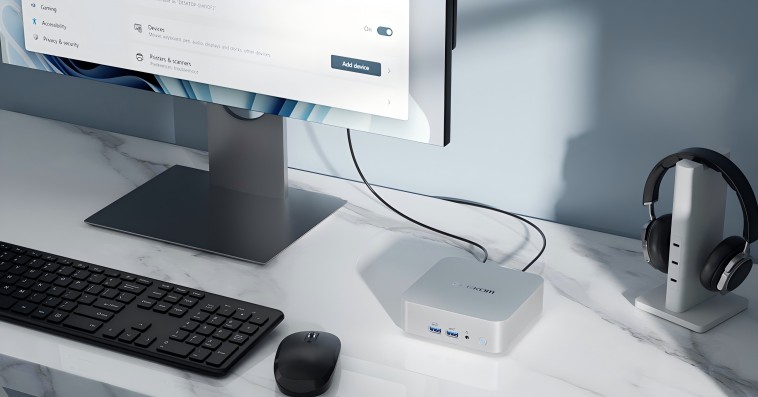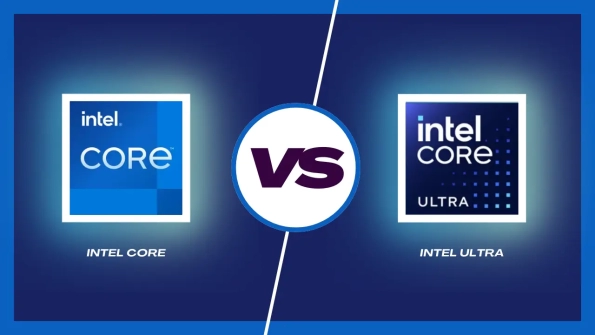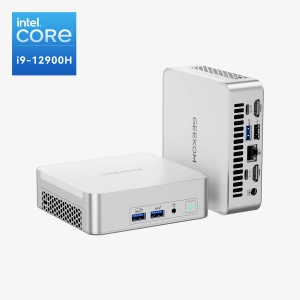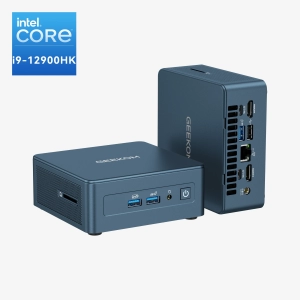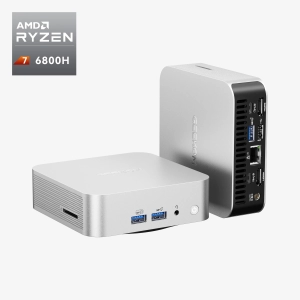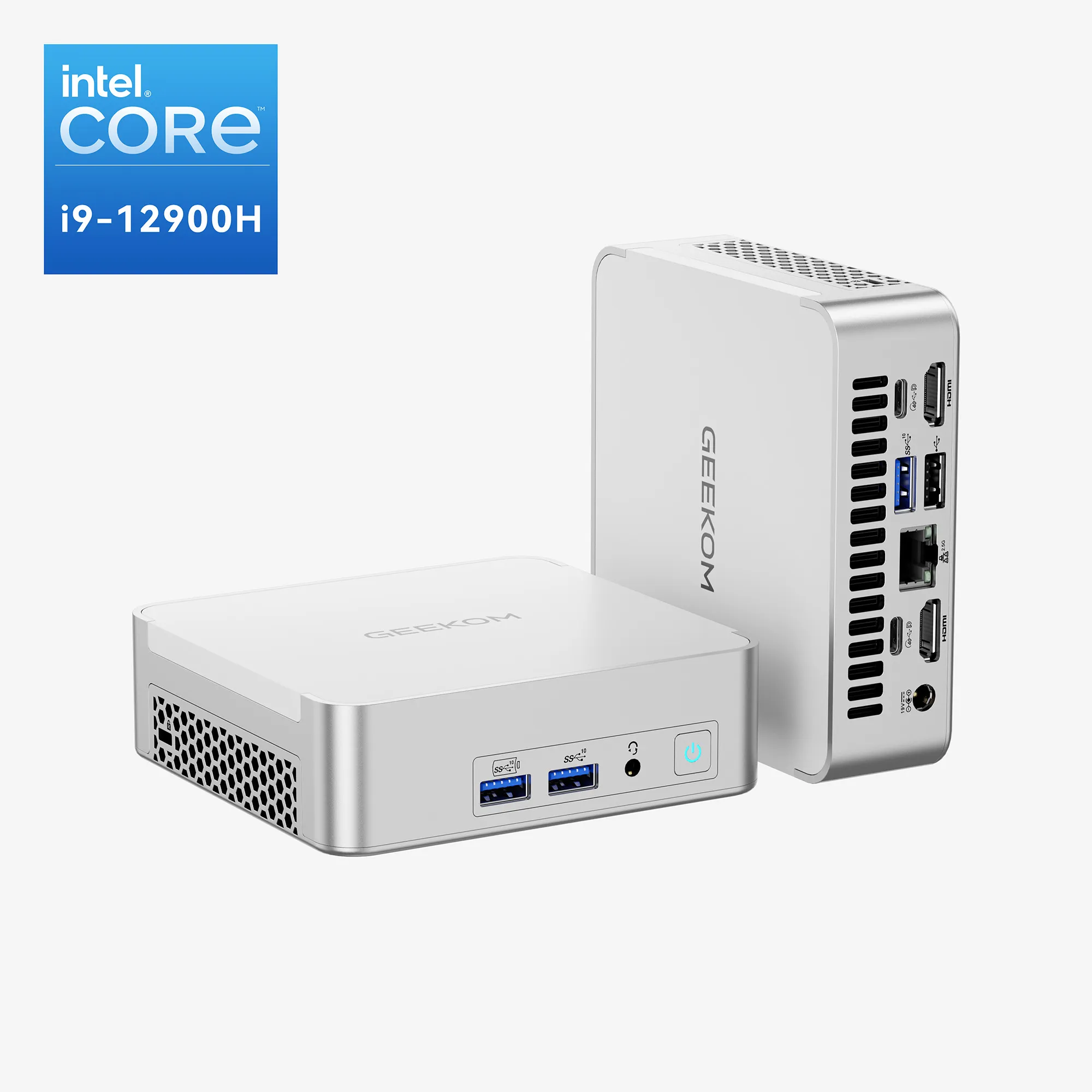In the realm of computing, the advent of DDR5 memory marks a significant leap forward, ushering in an era of memory performance and efficiency. These cutting-edge, designed specifically for compact and versatile mini PCs, are poised to revolutionize the way we experience computing.
DDR5 memory are the cornerstone of next-generation mini PCs, offering a multitude of advantages over their predecessors. With their ability to support faster data transfer rates, increased memory capacity, and enhanced power efficiency, DDR5 motherboards unlock a new level of performance for demanding applications and tasks.
The article is meticulously crafted to provide a comprehensive exploration of DDR5 memory for mini PCs. Now let’s delve into the intricacies of DDR5 technology, examining its advantages, challenges, and real-world applications. Whether you’re a tech enthusiast, a passionate gamer, or a professional seeking cutting-edge performance, this blog will equip you with the knowledge and insights you need to make informed decisions about DDR5 memory.
DDR5’s Leap Over DDR4
DDR5, the latest generation of double data rate synchronous dynamic random access memory, brings significant leaps over previous DDR4 and DDR3 standards. Offering nearly double the memory bandwidth of DDR4, DDR5 increases theoretical transfer speeds up to 8432 MT/s, allowing for rapid movement of data within memory. This enables better performance for memory intensive tasks, especially with the higher module densities of up to 64GB per DIMM slot available with DDR5.
Power efficiency also sees notable gains – DDR5 operates at 1.1 volts, compared to 1.2 volts required for DDR4. On-die error correction helps improve stability and reliability by detecting and correcting single-bit memory errors. Architectural improvements like independent 32-bit subchannels allow DDR5 to vastly improve concurrent operability. The same bank refresh feature reduces latency by enabling individual memory bank refreshes rather than a full rank refresh.
First announced in 2017 by the industry standards body JEDEC (Joint Electron Device Engineering Council) , DDR5 memory modules began publicly rolling out in early 2021. OEM system manufacturers are increasingly adopting DDR5 across desktop and laptop segments, with projections estimating it to account for over 50% of the DRAM market by 2024. Early performance benchmarks demonstrate sizeable real-world gaming frame rate and productivity application improvements upwards of 20% over previous generations. As the ecosystem matures and further optimization occurs, DDR5’s impact is slated to grow substantially.
DDR5’s Tangible Impacts on Mini PCs
The combination of significant jumps in memory bandwidth, density, efficiency and reliability make DDR5 an impactful upgrade for mini PCs used for gaming, content creation and productivity.
With its transfer rates nearly doubling that of DDR4, DDR5 unlocks drastically faster performance for memory intensive tasks on mini PCs. Games see tangible frame rate improvements – benchmarks of popular titles at 1080p show average FPS gains of over 18% on systems with DDR5, lowering latency for a smoother experience. The added bandwidth accelerates workflow when editing high resolution photos, video and 3D modeling projects as well. Even compiling code and running virtual machines sees notable speed boosts. DDR5 allows mini PCs to take on more aggressive multitasking, with users able to game or stream while running other apps simultaneously with less slowdown.
Higher module densities allow loading more memory capacity onto mini PCs – whereas 32GB was the realistic ceiling for many mini DDR4 setups, DDR5 enables kits upwards of 64GB. This aids elaborate content creation projects along with extreme multitasking. Various applications can be run concurrently without constantly writing data to slower internal storage.
Real-world tests quantify DDR5’s benefits:
The reduced power draw of DDR5 benefits mini PCs given their compact form factors and cooling limitations. Less energy usage cuts down on heat generation. It also enables smaller and quieter PSU builds. Battery powered portable mini PCs stand to gain as well through improved runtimes.
Reliability sees improvement from the integrated on-die ECC on DDR5 modules, helping correct memory errors. This prevents game crashes, application hangs and system instability. Critical productivity or creative work is safeguarded from data loss or file corruption.
In summary, DDR5 delivers tangible real-world performance, capacity and reliability improvements for mini PCs aimed at gaming, content creation and multitasking workloads. The gains are measurable and impactful compared to prior DDR4-based setups. As the ecosystem matures, platform-level optimizations for DDR5 will further compound these benefits.
Latest DDR5-Enabled Mini PCs Tailored for Power Users
Major mini PC manufacturers like Intel, ASUS, MSI, Gigabyte and ZOTAC have already introduced modular, compact and ultra-compact form factor models with support for DDR5 memory and the latest 12th/13th Gen Intel and AMD Ryzen CPUs.
For example, the GEEKOM AS 6 mini PC allows configuring up to 32GB of DDR5 RAM across two SODIMM slots. It is equipped with the latest AMD Ryzen™ 7 7735H or Ryzen™ 7 6800H and supports up to three storage drives including two M.2 PCIe NVME SSDs for high-speed secondary storage perfect for content creation roles.
ASUS and MSI offer customizable modular mini PCs with dedicated graphics card support and beefy cooling to enable high-performance gaming small-builds. These flexibly accommodate up to 128GB of DDR5 memory tuned for gaming across 4 SODIMM slots.
Ultra-compact mini PCs like the Intel NUC 13 Extreme aren’t left behind either. It is equipped with 13th Gen Intel Core i9/i7/i5 processors, the Intel® UHD Graphics 770, dual channel DDR5 SODIMMs, 64GB maxand – an easily portable powerhouse for AAA gaming or intensive graphics workloads.
Across the lineup, supporting hardware like CPUs, chipsets, SSDs and WiFi adapters are modernized to prevent bottlenecks. Prices range from $700 to $2000+ depending on configuration – higher compute, storage and memory capacities along with discrete graphics fetch premium costs but deliver commensurate performance. Physical sizes involve clear tradeoffs with smaller chassis limiting future expansion.
Improved Performance and Speed
DDR5 memory offers significantly faster data transfer rates compared to previous generations, with speeds starting at 4800 MT/s and the potential to reach 16000 MT/s and beyond. This remarkable speed boost translates to improved performance in a wide range of applications, including:
- Gaming: DDR5’s faster memory speeds can provide a noticeable performance boost in graphics-intensive games, especially at higher resolutions and with demanding visual settings.
- Content Creation: For tasks such as video editing, 3D rendering, and animation, DDR5’s increased bandwidth can significantly reduce rendering times and improve overall workflow efficiency.
- Scientific Simulations: DDR5’s high-speed memory is crucial for scientific simulations and modelling, where large datasets and complex calculations require fast data access.
- General Productivity: Even for everyday tasks such as web browsing, multitasking, and office applications, DDR5 can provide a noticeable improvement in responsiveness and overall system performance.
Increased Memory Capacity
DDR5 supports significantly higher memory capacities compared to previous generations, with capacities ranging from 16GB to 128GB per module and the potential for even higher capacities in the future. This increased memory capacity is essential for demanding applications that require large amounts of memory, such as:
- Video Editing: Video editing software often requires large amounts of memory to store and process high-resolution video footage. DDR5’s increased memory capacity allows video editors to work with larger projects and higher-quality footage without experiencing slowdowns or crashes.
- 3D Rendering: 3D rendering applications also benefit from increased memory capacity, as they need to store and process large 3D models and textures. DDR5 enables 3D artists to work on more complex and detailed scenes without encountering memory limitations.
- Databases and Virtualization: For servers and virtualized environments, DDR5’s increased memory capacity allows for hosting more virtual machines and handling larger databases without compromising performance.
Final Thoughts
The launch of DDR5 memory ushers in a major turning point in DRAM technology, bringing measurable real-world performance improvements beyond synthetic benchmarks to mini PCs aimed at gaming, content creation and productivity workloads.
With its doubled bandwidth, and increased densities than DDR4, DDR5 allows mini PCs to take on more intensive workloads across gaming, video editing, 3D modelling and more that previously required bulkier desktops. Even extreme multitasking is handled more smoothly. Reliability also sees a boost from integrated on-die ECC.
DDR5 adoption amongst PC manufacturers is rapidly accelerating – DDR5 is projected to account for over 50% of the DRAM market by 2024. As the platform matures, BIOS and firmware level optimizations as well as purpose-built mini PCs that make full use of DDR5 capacities and bandwidth will become increasingly common. Continued revisions to the standard itself will also build upon the strong foundation that DDR5 already provides.
For mini PC enthusiasts, power users and small form factor workstation builders, The GEEKOM mini PC supports the next-generation memory technology in a more impactful way. It enables smaller systems to punch above their weight class and take on demanding productivity and creative workloads.



